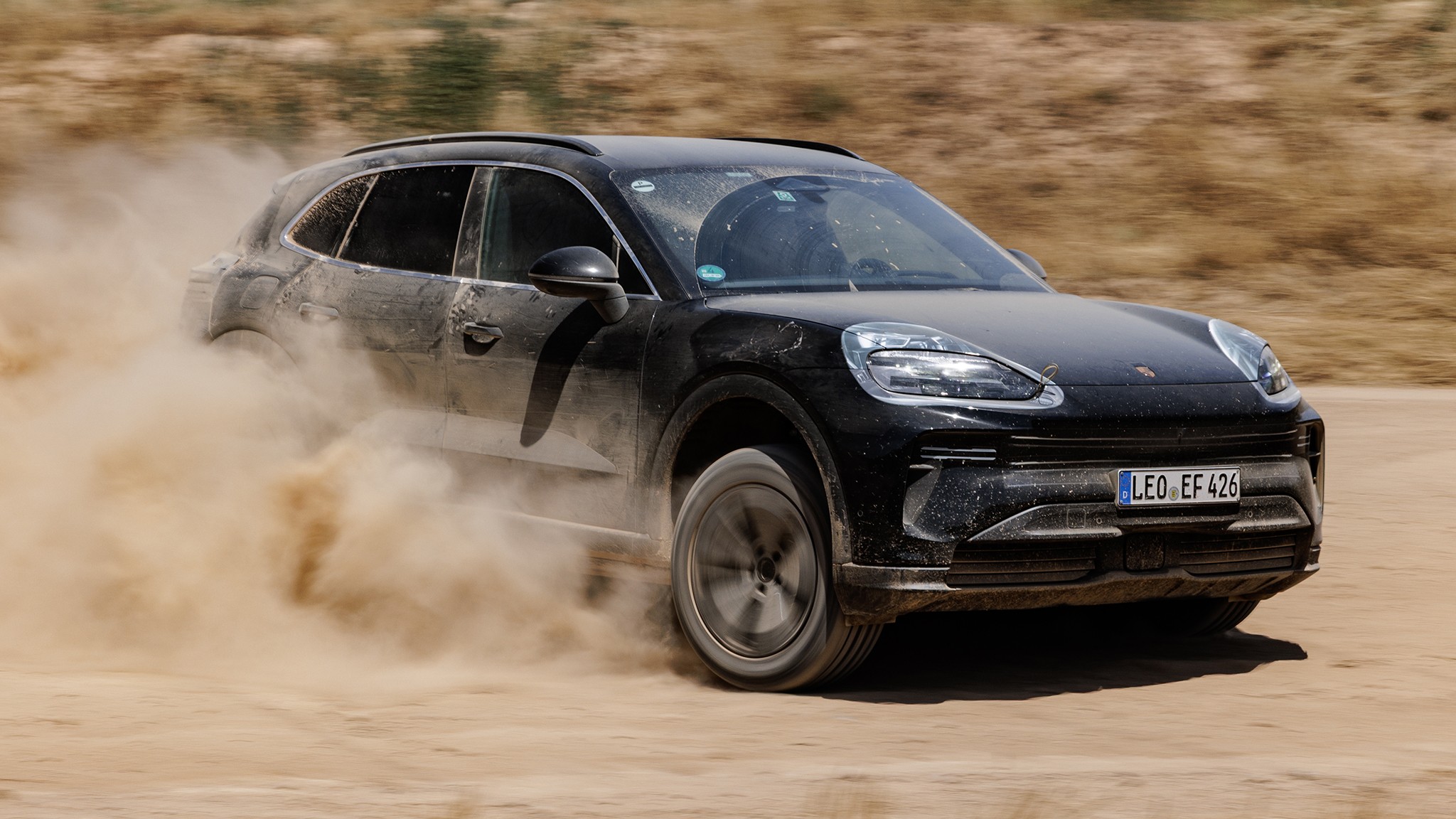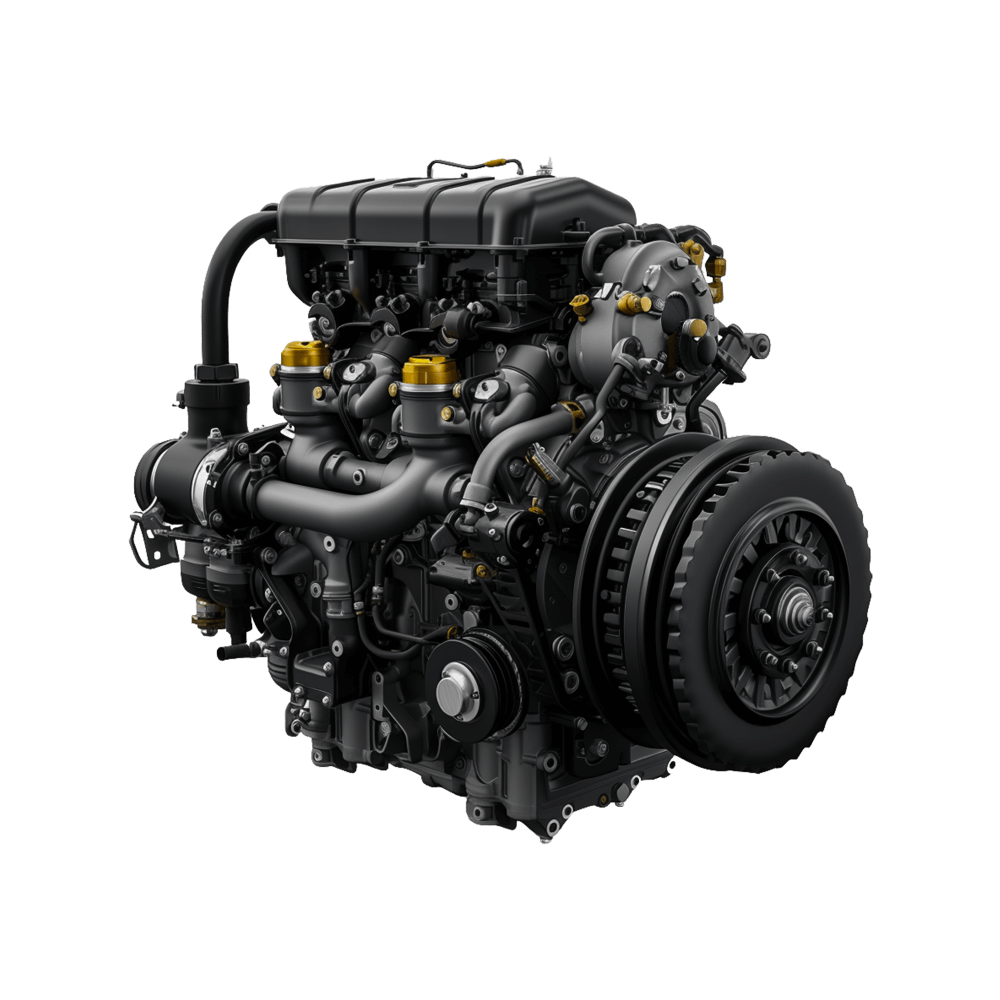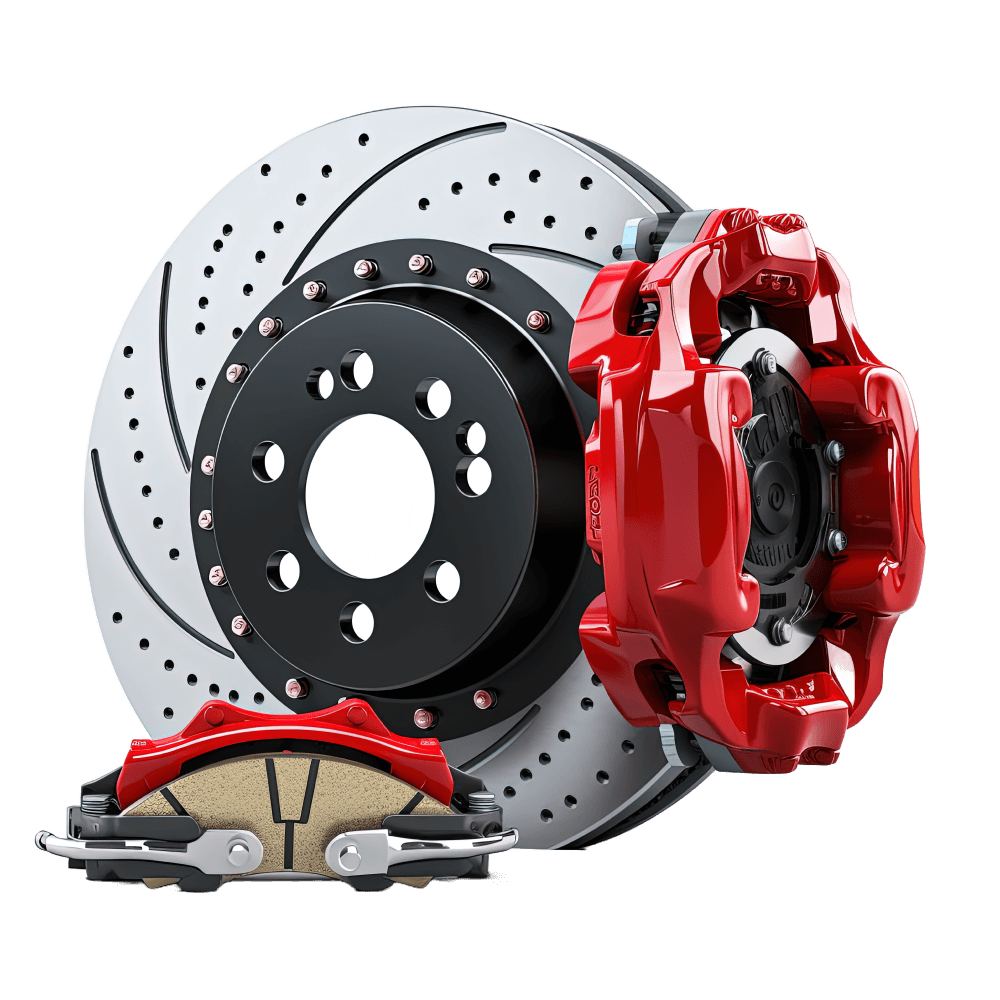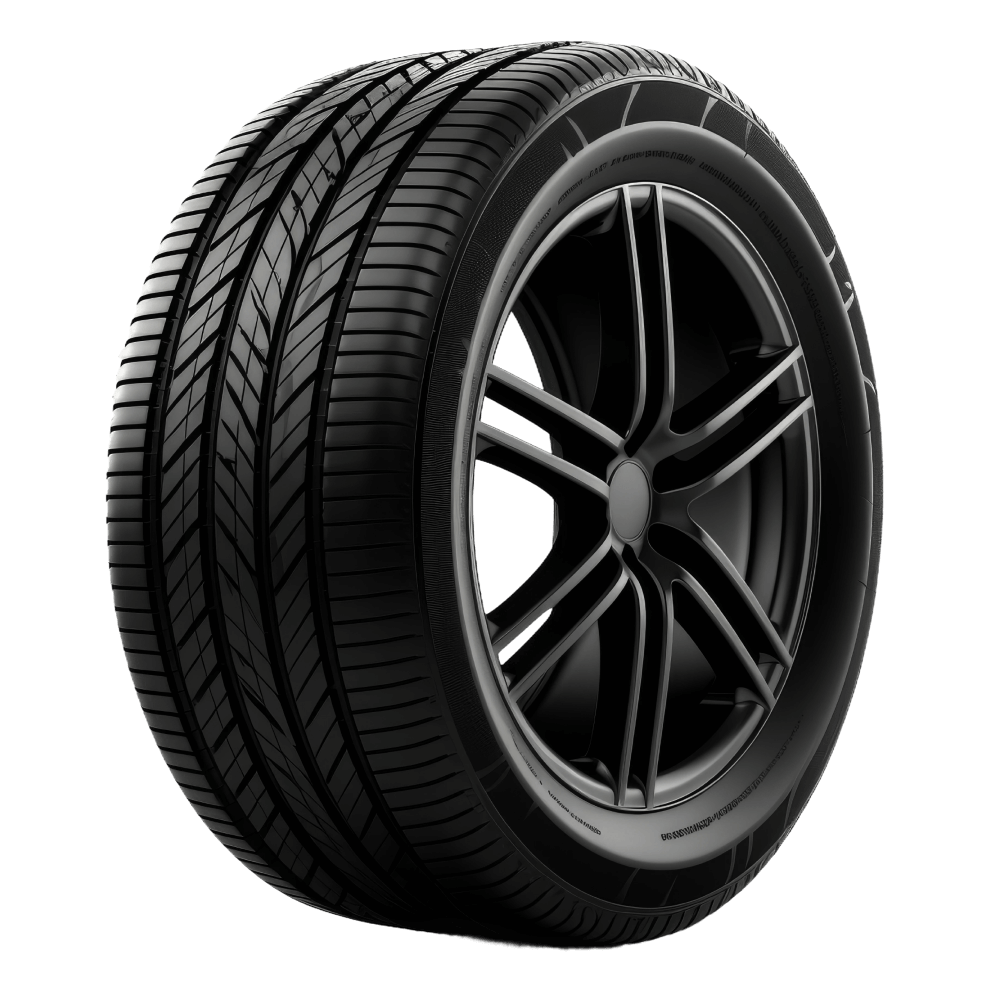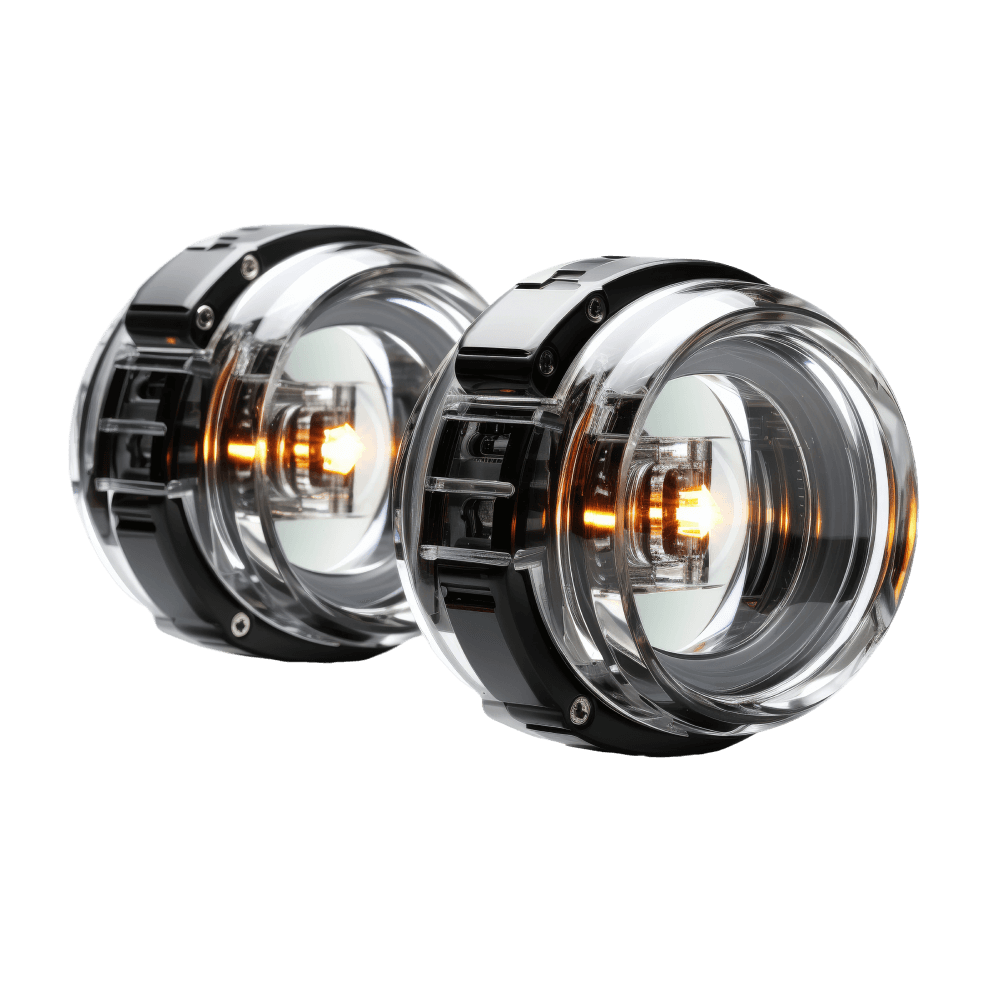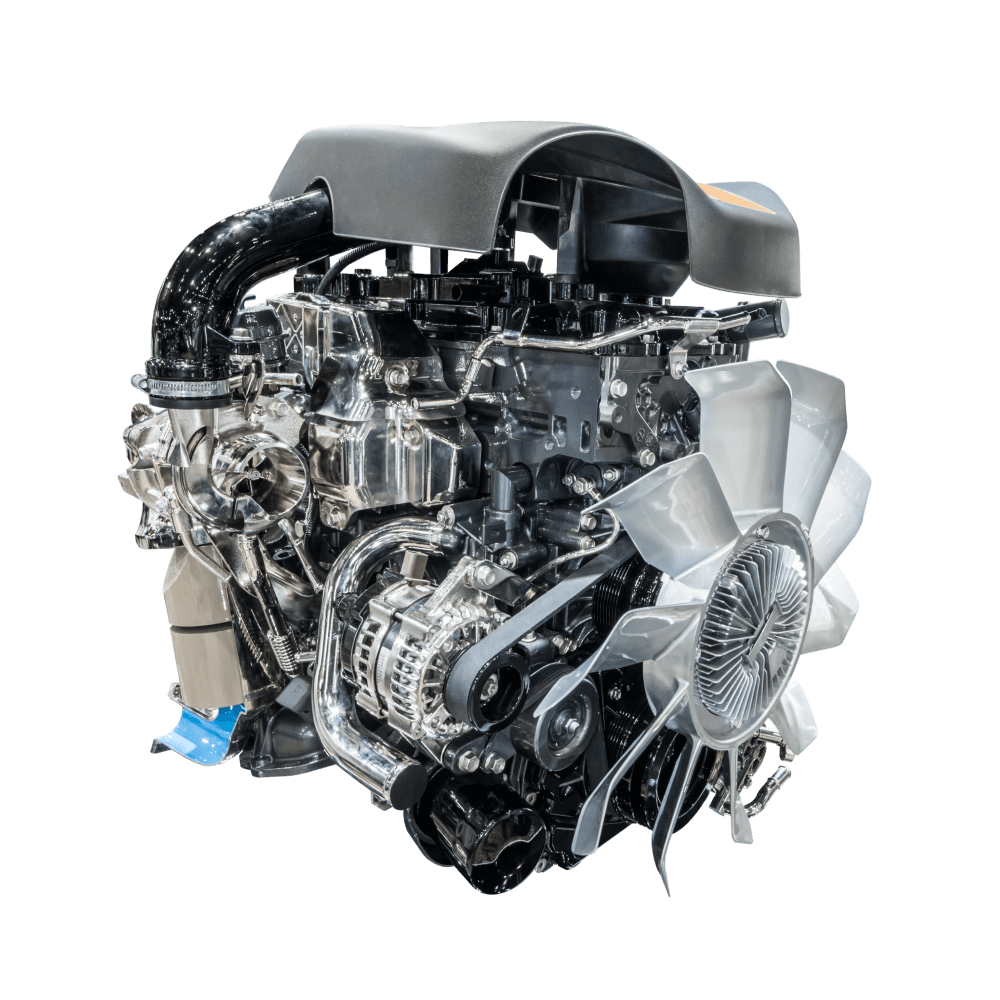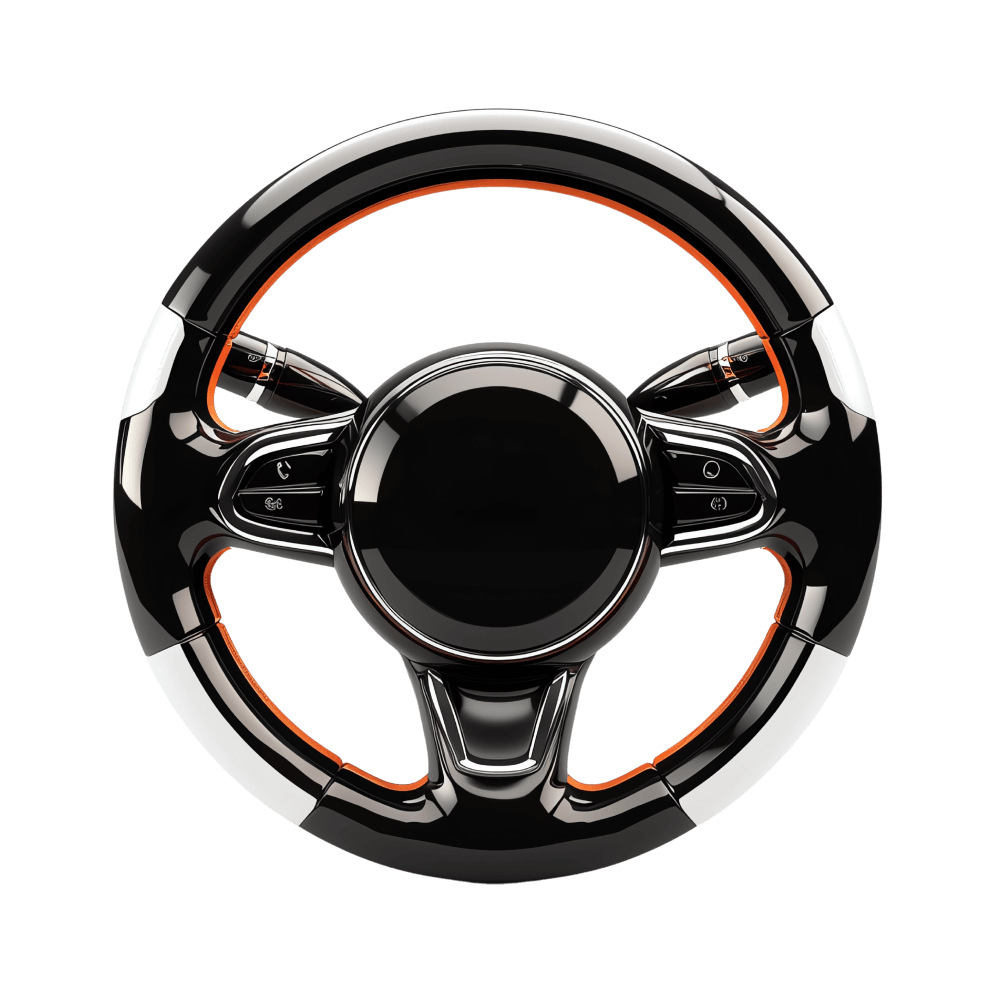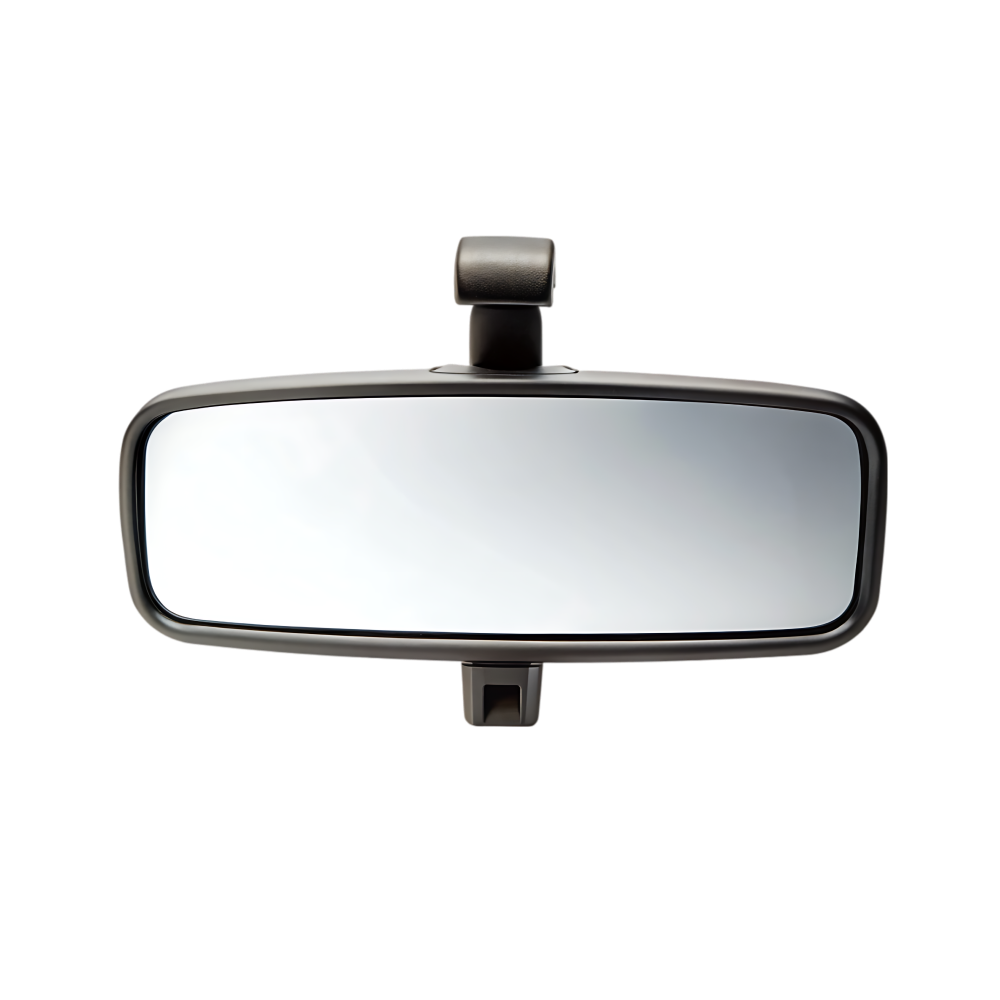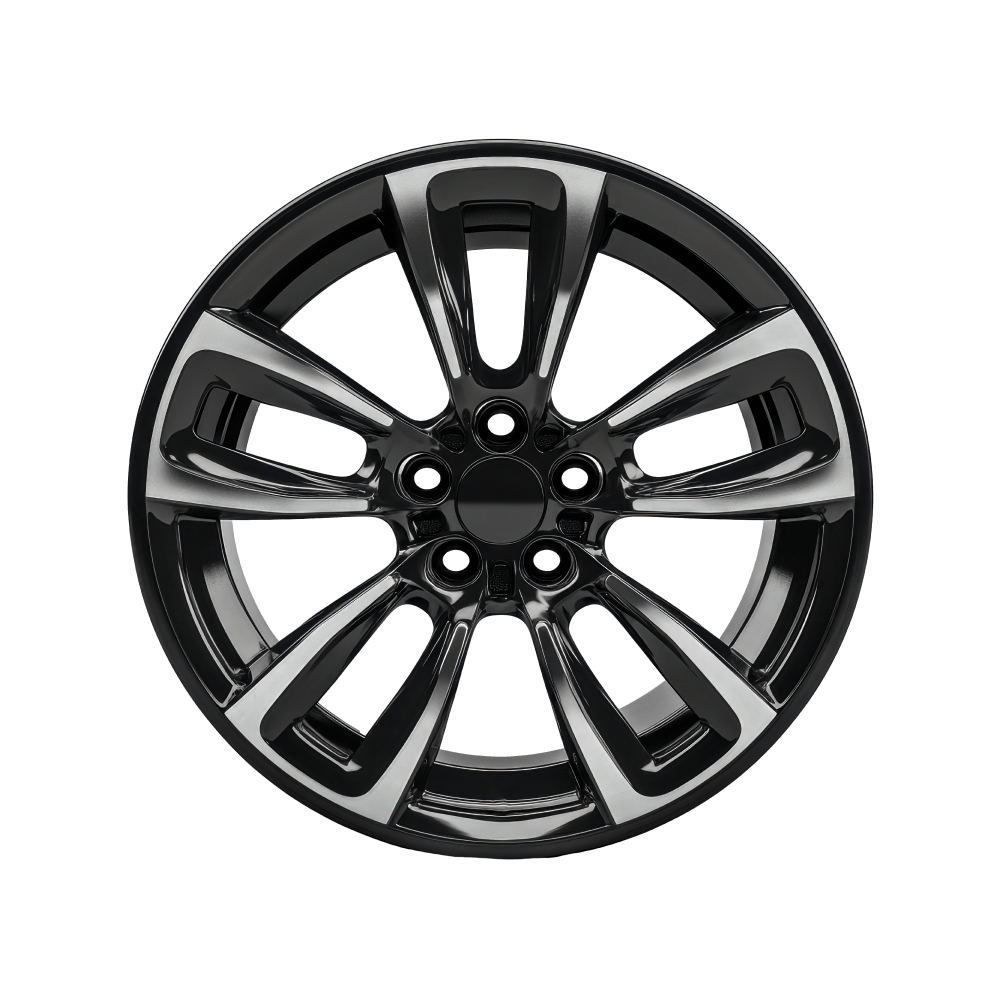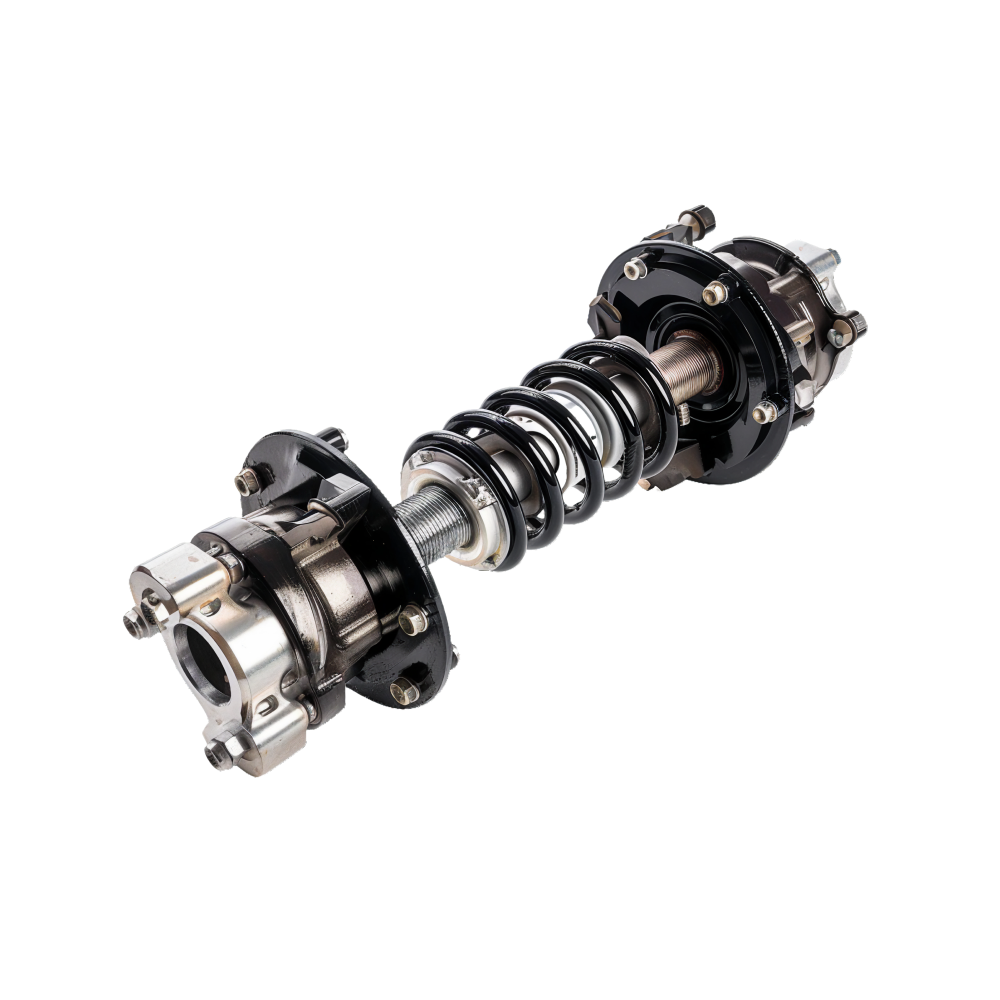News
Reviews
Buyer's Guide
Videos
What's My Car Worth?
Events
Ask MOTORTREND
Porsche continues to push EV tech forward with a 1,000-hp SUV that charges incredibly fast.
See All 16 Photos
Porsche may be obsessed with a 62-year-old idea when it comes to the 911, but that hasn’t stopped the company from embracing the electric future elsewhere in its lineup. When the 2026 Porsche Cayenne Electric arrives at U.S. dealers in the middle of next year, half of the brand’s models will be available in battery-powered variants.
0:00 / 0:00
As with the Taycan and the Macan EVs, the electric Cayenne is poised to make a name for itself with speed—not just with blistering quarter-mile runs but also through industry-leading fast-charging capability. Porsche gave us a chance to sample what’s coming by sliding behind the wheel of eight of the roughly 1,000 prototypes that are being used to fine tune its newest electric SUV before series production begins.
This being a prototype drive, Porsche is keeping several details in its pocket until the official reveal. For now, we know that the Cayenne Turbo will punch out more than 1,000 pferdestärke (that’s German for 986 hp), the base model will make a little more than half that, and the Cayenne S Electric will layer 100 kilowatts (engineer-speak for 134 hp) on top of that. We’ll let you try to solve for X, Y, and Z in what feels like a middle-school algebra word problem; we’d rather just tell you how they drive.
See All 16 Photos
In the rich tradition of Porsche base models, the entry Cayenne Electric has more chassis than powertrain. Its grip, body control, and steering precision manage to make 500-plus hard-charging horses feel underpowered at times. In stark contrast, the Turbo turns Spain’s narrow rollercoaster roads into honest rollercoaster thrills. All four tires scramble for traction as you unwind the steering wheel from a 30-mph hairpin and boot the accelerator. The 5,850-pound big dog charges hard enough out of corners that it’s easy to scare yourself. In between those two extremes, the Cayenne S Electric finds a happy middle ground, as Porsche S models tend to. There’s enough power to tweak the Cayenne’s trajectory with little pokes and lifts of the accelerator, yet not so much as to steal the show from the chassis. In the S, power and agility feel perfectly in balance.
All three variants pair a single permanent-magnet motor with a single-speed transmission at each axle. The Taycan’s two-speed gearbox appears to be an evolutionary dead end, as Cayenne engineers say motor technology has progressed enough to render it unnecessary. Specifically, the Turbo and the S share a rear electric motor—the first ever made in-house by Porsche—with an oil-cooled (rather than water-cooled) stator. That allows for the cooling fluid to pass closer to the source of the heat, making for more efficient heat transfer, which is critical when you’re really cooking. Porsche promises the electric Turbo will dust today’s gas-powered Turbo GT with a 0–60-mph time of “much less than three seconds” on its way to a 155-mph top speed.
The Cayenne Turbo launches with slingshot acceleration and the familiar sound of …Porsche’s 4.0-liter twin-turbo V-8?! That’s right, Porsche is jumping on the internal combustion lip-syncing bandwagon with what it calls Porsche Electric Sound despite the soundtrack sounding identical to eight gas-squeezing cylinders. The very idea seems unusual for Porsche, which trades in authenticity, but we’re not about to get worked up over something that’s so easily switched off at the tap of a touchscreen.
We will say, though, the fake soundtrack makes it even harder for us to understand why Porsche won’t offer one-pedal driving for the Cayenne Electric. As in earlier Porsche EVs, the Cayenne’s selectable regen modes never decelerate the SUV more than a combustion engine in a high gear would. The engineers used to justify this decision by explaining that coasting is more energy-efficient than regenerative braking. These days, they instead politely tell us to shut the hell up about it. “It’s only a conversation with journalists and our marketing department,” Michael Schätzle, vice president of the Cayenne product line, told us. Porsche EV buyers don’t care and aren’t asking for one-pedal driving, he added. Politely consider us shut up.
See All 16 Photos
All electric Cayennes will store energy in a lithium-ion battery with 108 kilowatt-hours of usable capacity that Porsche claims will achieve a range of more than 600 kilometers (roughly 372 miles) on Europe’s easy WLTP cycle. We’re expecting the various models to cluster right around 300 miles for both EPA range ratings and MotorTrend’s Road-Trip Range test.
The pack is cooled on both the top and bottom, a first for Porsche that will help the brand maintain its position as a fast-charging leader. While today’s Taycan maxes out at 320 kilowatts, Porsche says the Cayenne will peak at 400 kilowatts on 1,000-volt fast-chargers. More important than that single number is how the Cayenne sustains high power for the duration of the session. Porsche claims the 816-volt battery can be jolted from 10 to 80 percent in less than 16 minutes, and based on our experience with its earlier EVs, we have every reason to believe it will deliver on those claims.
While 400-kW charging stations are rare in the U.S., they do exist, primarily at the growing number of Ionna stations funded by an alliance of eight automakers. The Cayenne will be the first electric Porsche to adopt the Tesla-designed NACS port, but the pack’s high voltage means charging power will peak at 200 kilowatts at Tesla’s abundant 500-volt Superchargers.
The LG Chem–sourced prismatic cells feature nickel manganese cobalt aluminum cathodes, the same chemistry found in GM’s Ultium packs. Compared to the nickel manganese cobalt cells used in the Taycan and Macan, the addition of aluminum improves energy density, temperature stability, and longevity. It also reduces the amount of expensive and ethically unsustainable cobalt.
The battery bolts into the PPE41C architecture, a Porsche-modified evolution of the hardware underpinning the Macan Electric, Audi A6 Sportback E-Tron, and Audi Q6 E-Tron. Air springs and adaptive dampers come standard, while options like rear-wheel steering, carbon-ceramic brakes, and the Active Ride system shrink the 5,700-pound SUV even smaller. The active suspension, which costs around $8,000 on a Taycan or Panamera, has the magic ability to turn railroad crossings into a perfectly smooth surface (at least as far as the occupants are concerned), but its value is diminished by the fact that the standard suspension is so dang supple. The same goes for the Cayenne Electric. While Active Ride adds to the SUV’s composure and body control in the most demanding situations, it never felt truly necessary during our drive.
Turbo models are also equipped with 12-inch-tall cookie trays that slide out from behind the rear wheels. Called Porsche Active Aero, the rubbery spats automatically deploy at 36 mph or from a standstill when launch control is activated. They’re stamped with the coordinates of Porsche’s wind tunnel in a nod to their purpose: They reduce the drag coefficient by 0.006, which translates to about 6 miles of range. The real Easter egg, though, is how they look like the prongs of an electrical plug, as if the Cayenne could back itself into a giant outlet to recharge.
See All 16 Photos
From its inception in the early 2000s, the Cayenne has delivered more off-road capability than most people expect from the Porsche badge. The Cayenne Electric will continue that tradition with an Off Road Design package, which adds light underbody armoring and specialized tires and clips the front and rear fascias for better approach and departure angles. There’s also an Off-Road driving mode that changes the front-rear torque split and the behavior of the electronically controlled limited-slip differential.
We were impressed as we casually three-wheeled over frame twisters and easily hoofed it up rutted climbs. The Hankook Ventus Ion S X tires on our test car, though, looked designed for the road more than the dirt, and the Cayenne slid down a few dusty, gravel-covered descents rather than taking them as a controlled crawl. (American Cayennes may very well end up with different tires).
Porsche is keeping pictures of the interior under wraps for now, but nothing’s stopping us from painting a picture of the biggest change with 108 words: There’s a new curved infotainment screen, but it’s nothing like how every other automaker is doing it. Rather than wrapping the screen around the driver, Porsche has tailored the 12.8-inch display to the driver’s wrist. Imagine someone taking an iPad, holding it vertically, then bending the case so the bottom third was at a 45-degree angle to the rest of the screen. While it looks odd even after spending a day in the driver’s seat, clustering most of the tappable controls at the bottom of the screen allows you to park the heel of your hand on the center console and peck the right button with above-average accuracy.
The digital instrument cluster also features a new bezel with capacitive controls on either side of it for things like stability control and suspension stiffness. New comfort features for the Cayenne include heated armrests and a panoramic glass roof with adjustable opacity, and the large rear cargo area is complemented with a 3.2-cubic-foot frunk.
See All 16 Photos
Based on our first exposure, the Cayenne Electric hews close to Porsche’s values to push technology forward without walking away from long-standing traditions. The Cayenne has always been a jack of all trades, offering performance and practicality, on-road refinement and off-road capability.
The Cayenne Electric joins the existing lineup rather than replacing it. That will make the Cayenne the first Porsche sold with electric, gas, and plug-in-hybrid powertrains. Catering to traditional buyers (and softening EV demand), Porsche says it’s committed to building combustion variants of the Cayenne “well into the next decade,” but our first taste of the EV suggests the company is doing some of its best and most innovative work with battery electric technology.
I fell in love with car magazines during sixth-grade silent reading time and soon realized that the editors were being paid to drive a never-ending parade of new cars and write stories about their experiences. Could any job be better? The answer was obvious to 11-year-old me. By the time I reached high school, becoming an automotive journalist wasn’t just a distant dream, it was a goal. I joined the school newspaper and weaseled my way into media days at the Detroit auto show. With a new driver’s license in my wallet, I cold-called MotorTrend’s Detroit editor, who graciously agreed to an informational interview and then gave me the advice that set me on the path to where I am today. Get an engineering degree and learn to write, he said, and everything else would fall into place. I left nothing to chance and majored in both mechanical engineering and journalism at Michigan State, where a J-school prof warned I’d become a “one-note writer” if I kept turning in stories about cars for every assignment. That sounded just fine by me, so I talked my way into GM’s Lansing Grand River Assembly plant for my next story. My child-like obsession with cars started to pay off soon after. In 2007, I won an essay contest to fly to the Frankfurt auto show and drive the Saturn Astra with some of the same writers I had been reading since sixth grade. Winning that contest launched my career. I wrote for Jalopnik and Edmunds, interned at Automobile, finished school, and turned down an engineering job with Honda for full-time employment with Automobile. In the years since, I’ve written for Car and Driver, The New York Times, and now, coming full circle, MotorTrend. It has been a dream. A big chunk of this job is exactly what it looks like: playing with cars. I’m happiest when the work involves affordable sporty hatchbacks, expensive sports cars, manual transmissions, or any technology that requires I learn something to understand how it works, but I’m not picky. If it moves under its own power, I’ll drive it.
Read More
Join Newsletter
Subscribe to our newsletters to get the latest in car news and have editor curated stories sent directly to your inbox.
Explore Offerings
A Part of Hearst Digital Media
©2025 Hearst Autos, Inc. All Rights Reserved.
Report Issue
Cookie Choices
Follow us
Load More

